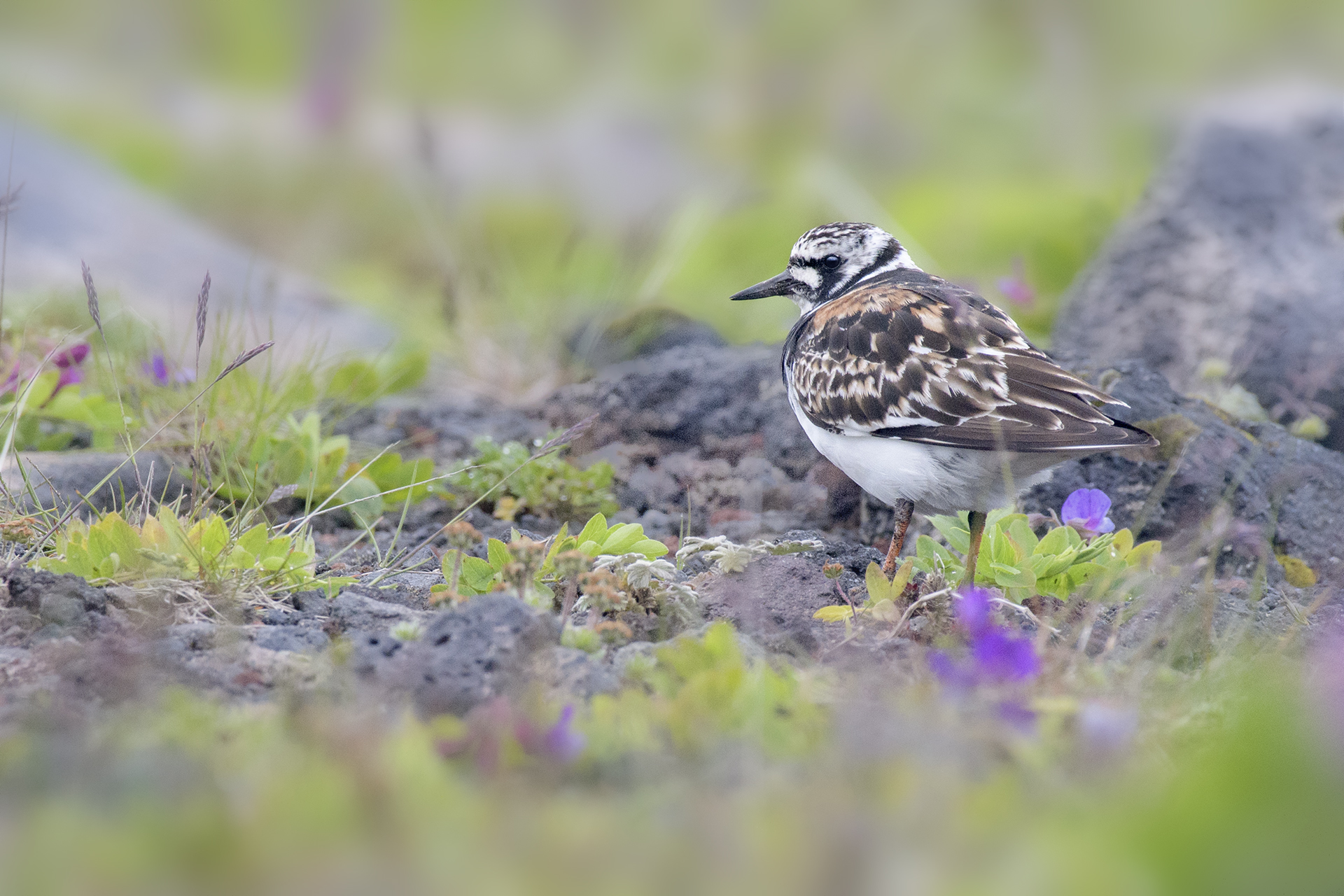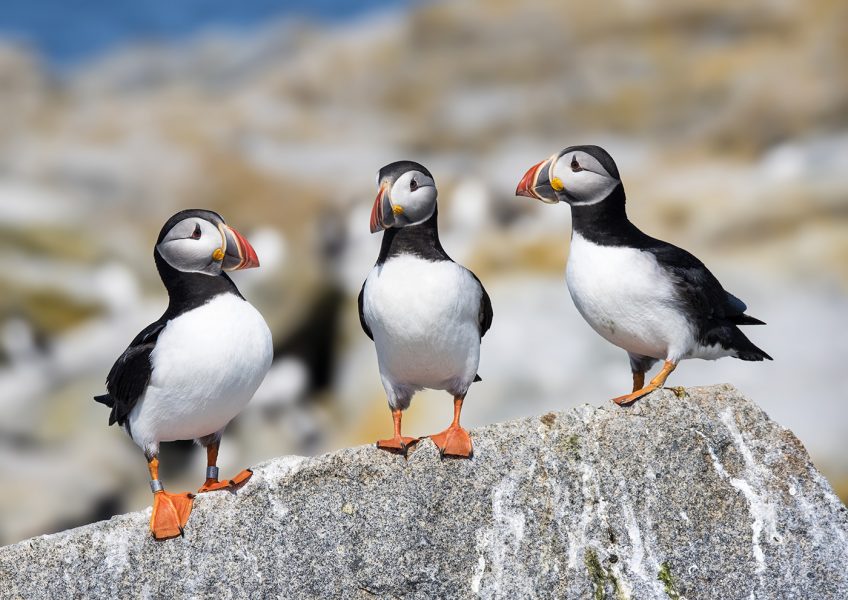I want to share with you six images of six gorgeous birds of prey that I was lucky to photograph up close at the NatureVisions photography expo a few weekends ago.
The expo is a nicely organized collection of opportunities for people who want to learn about photography: There’s an all-day lecture on Friday by a respected nature photographer, followed by a large array of choices for shorter seminars on Saturday and Sunday, mixed in with chances to do some actual shooting. This year they offered a session where you could do flower photography, a chance to photograph macaws and other parrots (I wrote about that last week), and a session featuring birds of prey brought in for us to practice on.
There’s a wooded area right outside the performing-arts center where the expo took place, so the guy who provided the raptors, Deron Meador—more on him in a moment—would just bring a bird out of one of the cages and position it on a tree branch at the edge of the woods, giving us a nice natural backdrop for our images. (The birds were tethered, so they weren’t going anywhere.)
Deron had a whole bunch of cages with him, an incredible variety of raptors. Below are the ones I was able to photograph before I had to scoot off to an image-critique session I’d signed up for. First, an American kestrel, a small, colorful predator that you sometimes see on power lines along Pennsylvania roads:
Next, a barn owl, which impressed me with its big round face: Read more













